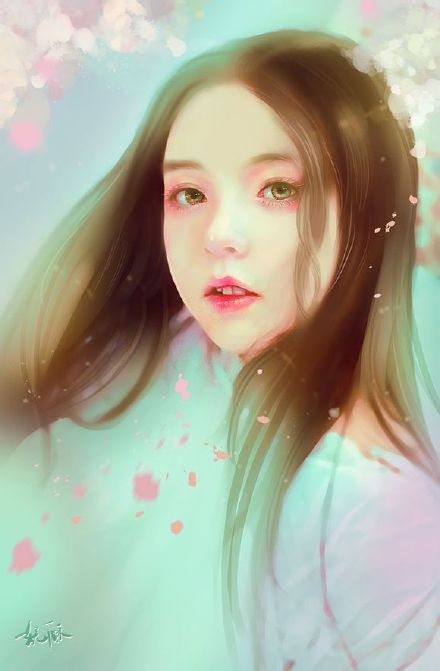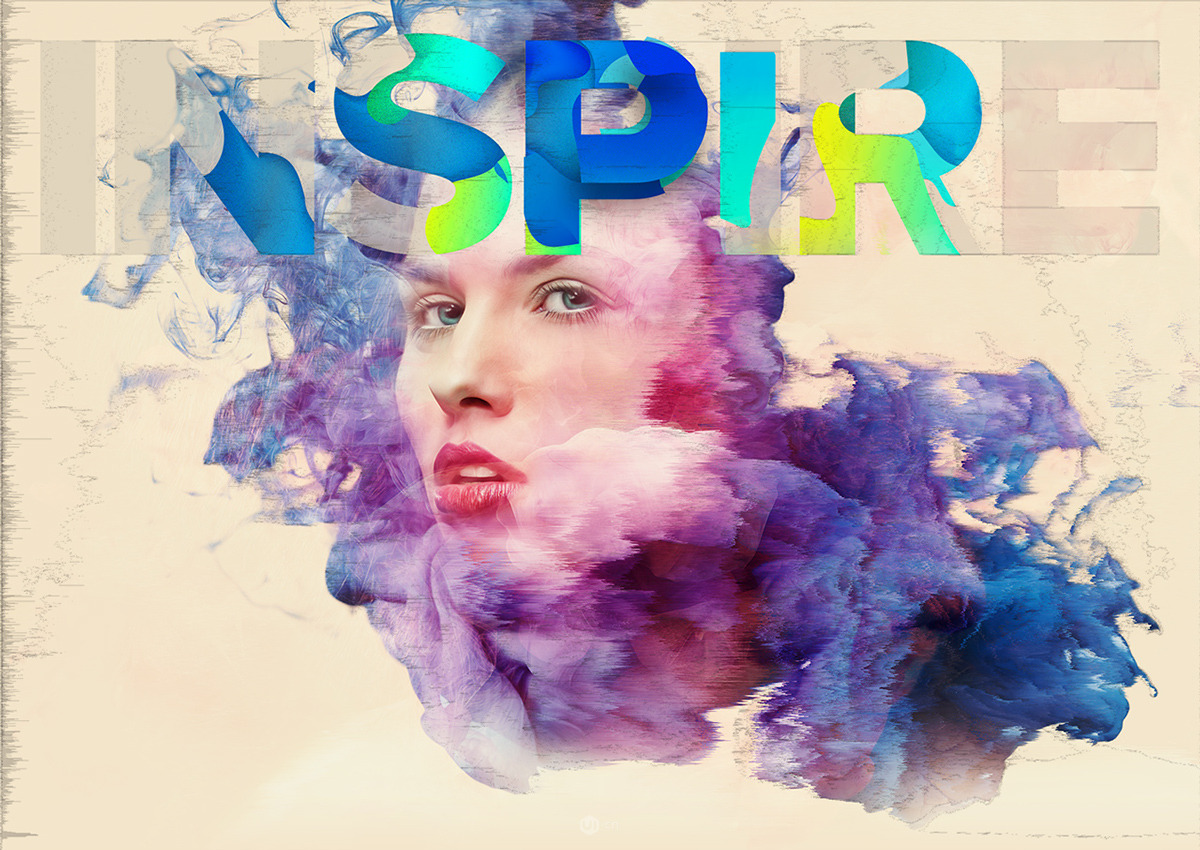10 recommended courses on Photoshop filters
In the previous article, we explained to add term resources to the filter, so that our filter can be perceived and described by the PS's scripting system, which is friendly to support the PS's "action" panel. In this article, we will further refine the previous DEMO, such as adding a small thumbnail for real-time preview on the parameter dialog box. The introduction of the dialog box is mainly to give users an opportunity and interface to set or adjust the image processing algorithm used by the filter. Usually as a measure of UI friendliness, a preview should be provided on the dialog box, so that the impact of the parameters on the results can be intuitively fed back to the user and guide them to adjust the parameters. Instead of requiring users to repeatedly execute filter commands to see the effect and then adjust parameters. Previously I thought
1. How to write a Photoshop filter--add a thumbnail to the dialog box

Introduction: In the previous article, we explained adding terminology resources to filters so that our filters can be perceived and described by PS's scripting system, which is friendly Supports PS's "Action" panel. In this article, we will further refine the previous DEMO, such as adding a small thumbnail for real-time preview on the parameter dialog box. The introduction of the dialog box is mainly to give users an opportunity and interface to set or adjust the image processing algorithm used by the filter. Usually as a measure of UI friendliness, a preview should be provided on the dialog box, so that the impact of the parameters on the results can be intuitively fed back to the user and guide them to adjust the parameters. Instead of requiring the user to repeatedly execute the filter command to see the effect and then adjust the parameters
2. How to write a Photoshop filter (2)

Introduction: In the previous article, we explained how to create a Photoshop filter project and how to add it to the filter. Embedding PIPL resources allows filters to be recognized and loaded by PS. And we have established the simplest and most basic filter framework. In this article, we will refine the calling process between filters and PS. We will introduce a dialog box resource for filters so that users can configure custom parameters for filters. And we will see the difference in the process when the user initiates a filter call from different menu positions, and then we will also introduce the read and write support of the PS script description system for our filter parameters, and store our parameters in the PS script system , and read these parameters in subsequent calls.
3. How to write a Photoshop filter (1)

##Introduction: A long time ago I wrote an article that briefly described the basic concepts of filter development in Photoshop, described the collaborative relationship between filters and PS, and also provided a raindrop effect filter. Mirror Demo. But the source code is missing. And we're going to ask, how do we program a Photoshop filter from scratch? How do we build the simplest basic framework of the PS filter plug-in, and then continue to add the functions we want on this basis? Here, I will answer a question posed to me by a netizen as an example, starting from the most basic construction project. This example (also the problem of this netizen) is that he wants to make the simplest filter, which is to just fill the image with "red". For PS users
4. How to write a Photoshop filter-- Scripting Plug-ins

Introduction: In the first article, we established a basic filter framework without UI, and introduced PIPL resources so that they can be loaded into the menu by PS. In the second article, we introduced filter parameters and corresponding dialog box resources, and explained the display timing of the dialog box in the filter calling process. In this article, we will make the filter support action recording and playback, that is, by adding a "term resource", our filter parameters will be known to the PS scripting system (scripting-aware), and can be recorded and played back.
5. Summary of the algorithm for Photoshop Gaussian blur filter

## Introduction: Recently, I am impressed by the research on Gaussian blur filter by some netizens, and I will summarize it as follows. Gaussian blur is a kind of digital image template processing method. Its template is calculated based on a two-dimensional normal distribution (Gaussian distribution) function.
6. Introduction to Photoshop filter development--Photoshop callback function

Introduction: In the previous article, we introduced some of the most basic concepts and foundations for developing Photoshop filter plug-ins. Ps In order to meet the application needs of the plug-in, it also provides a large number of callback functions (or services) for the plug-in. For example, a filter can save the parameters set by the latest user after a call and apply them to the next call or display of the UI. This is done through the callback function of Ps. In this article we will explain some of the most important PS callback functions. After understanding this article, we will be able to use callback functions to complete the necessary work such as storing our filter parameters. This article will be much more complex and in-depth than the first one, but at the same time, from this article we can also get a glimpse of the internal secrets of PS: careful system design, perfect interface and
7. Photoshop filter selection skills

Introduction: Photoshop filters mainly include Five functions: optimizing printing images, optimizing WEB images, improving work efficiency, providing creative filters and creating three-dimensional effects. The emergence of filters has greatly enhanced the functionality of Photoshop. With filters, we can easily create very professional artistic effects. But there are many types of Photoshop filters. How do we choose practical Photoshop filters?

9.
Eye Candy Filter Alien Skin Eye Candy 7 Cracked Version

10.
Photoshop Filter Set Topaz Plug-In Bundle 2013 Cracked Version

[Related Q&A recommendations]:
The above is the detailed content of 10 recommended courses on Photoshop filters. For more information, please follow other related articles on the PHP Chinese website!

Hot AI Tools

Undresser.AI Undress
AI-powered app for creating realistic nude photos

AI Clothes Remover
Online AI tool for removing clothes from photos.

Undress AI Tool
Undress images for free

Clothoff.io
AI clothes remover

Video Face Swap
Swap faces in any video effortlessly with our completely free AI face swap tool!

Hot Article

Hot Tools

Notepad++7.3.1
Easy-to-use and free code editor

SublimeText3 Chinese version
Chinese version, very easy to use

Zend Studio 13.0.1
Powerful PHP integrated development environment

Dreamweaver CS6
Visual web development tools

SublimeText3 Mac version
God-level code editing software (SublimeText3)

Hot Topics
 How to set password protection for export PDF on PS
Apr 06, 2025 pm 04:45 PM
How to set password protection for export PDF on PS
Apr 06, 2025 pm 04:45 PM
Export password-protected PDF in Photoshop: Open the image file. Click "File"> "Export"> "Export as PDF". Set the "Security" option and enter the same password twice. Click "Export" to generate a PDF file.
 What are the common questions about exporting PDF on PS
Apr 06, 2025 pm 04:51 PM
What are the common questions about exporting PDF on PS
Apr 06, 2025 pm 04:51 PM
Frequently Asked Questions and Solutions when Exporting PS as PDF: Font Embedding Problems: Check the "Font" option, select "Embed" or convert the font into a curve (path). Color deviation problem: convert the file into CMYK mode and adjust the color; directly exporting it with RGB requires psychological preparation for preview and color deviation. Resolution and file size issues: Choose resolution according to actual conditions, or use the compression option to optimize file size. Special effects issue: Merge (flatten) layers before exporting, or weigh the pros and cons.
 How to use PS Pen Tool
Apr 06, 2025 pm 10:15 PM
How to use PS Pen Tool
Apr 06, 2025 pm 10:15 PM
The Pen Tool is a tool that creates precise paths and shapes, and is used by: Select the Pen Tool (P). Sets Path, Fill, Stroke, and Shape options. Click Create anchor point, drag the curve to release the Create anchor point. Press Ctrl/Cmd Alt/Opt to delete the anchor point, drag and move the anchor point, and click Adjust curve. Click the first anchor to close the path to create a shape, and double-click the last anchor to create an open path.
 What is the reason why PS keeps showing loading?
Apr 06, 2025 pm 06:39 PM
What is the reason why PS keeps showing loading?
Apr 06, 2025 pm 06:39 PM
PS "Loading" problems are caused by resource access or processing problems: hard disk reading speed is slow or bad: Use CrystalDiskInfo to check the hard disk health and replace the problematic hard disk. Insufficient memory: Upgrade memory to meet PS's needs for high-resolution images and complex layer processing. Graphics card drivers are outdated or corrupted: Update the drivers to optimize communication between the PS and the graphics card. File paths are too long or file names have special characters: use short paths and avoid special characters. PS's own problem: Reinstall or repair the PS installer.
 Photoshop's Value: Weighing the Cost Against Its Features
Apr 11, 2025 am 12:02 AM
Photoshop's Value: Weighing the Cost Against Its Features
Apr 11, 2025 am 12:02 AM
Photoshop is worth the investment because it provides powerful features and a wide range of application scenarios. 1) Core functions include image editing, layer management, special effects production and color adjustment. 2) Suitable for professional designers and photographers, but amateurs may consider alternatives such as GIMP. 3) Subscribe to AdobeCreativeCloud can be used as needed to avoid high one-time spending.
 How to solve the problem of loading when PS is always showing that it is loading?
Apr 06, 2025 pm 06:30 PM
How to solve the problem of loading when PS is always showing that it is loading?
Apr 06, 2025 pm 06:30 PM
PS card is "Loading"? Solutions include: checking the computer configuration (memory, hard disk, processor), cleaning hard disk fragmentation, updating the graphics card driver, adjusting PS settings, reinstalling PS, and developing good programming habits.
 How to speed up the loading speed of PS?
Apr 06, 2025 pm 06:27 PM
How to speed up the loading speed of PS?
Apr 06, 2025 pm 06:27 PM
Solving the problem of slow Photoshop startup requires a multi-pronged approach, including: upgrading hardware (memory, solid-state drive, CPU); uninstalling outdated or incompatible plug-ins; cleaning up system garbage and excessive background programs regularly; closing irrelevant programs with caution; avoiding opening a large number of files during startup.
 Photoshop for Professionals: Advanced Editing & Workflow Techniques
Apr 05, 2025 am 12:15 AM
Photoshop for Professionals: Advanced Editing & Workflow Techniques
Apr 05, 2025 am 12:15 AM
Photoshop's advanced editing skills include frequency separation and HDR synthesis, and optimized workflows can be automated. 1) Frequency separation technology separates the texture and color details of images. 2) HDR synthesis enhances the dynamic range of images. 3) Automate workflows to improve efficiency and ensure consistency.






